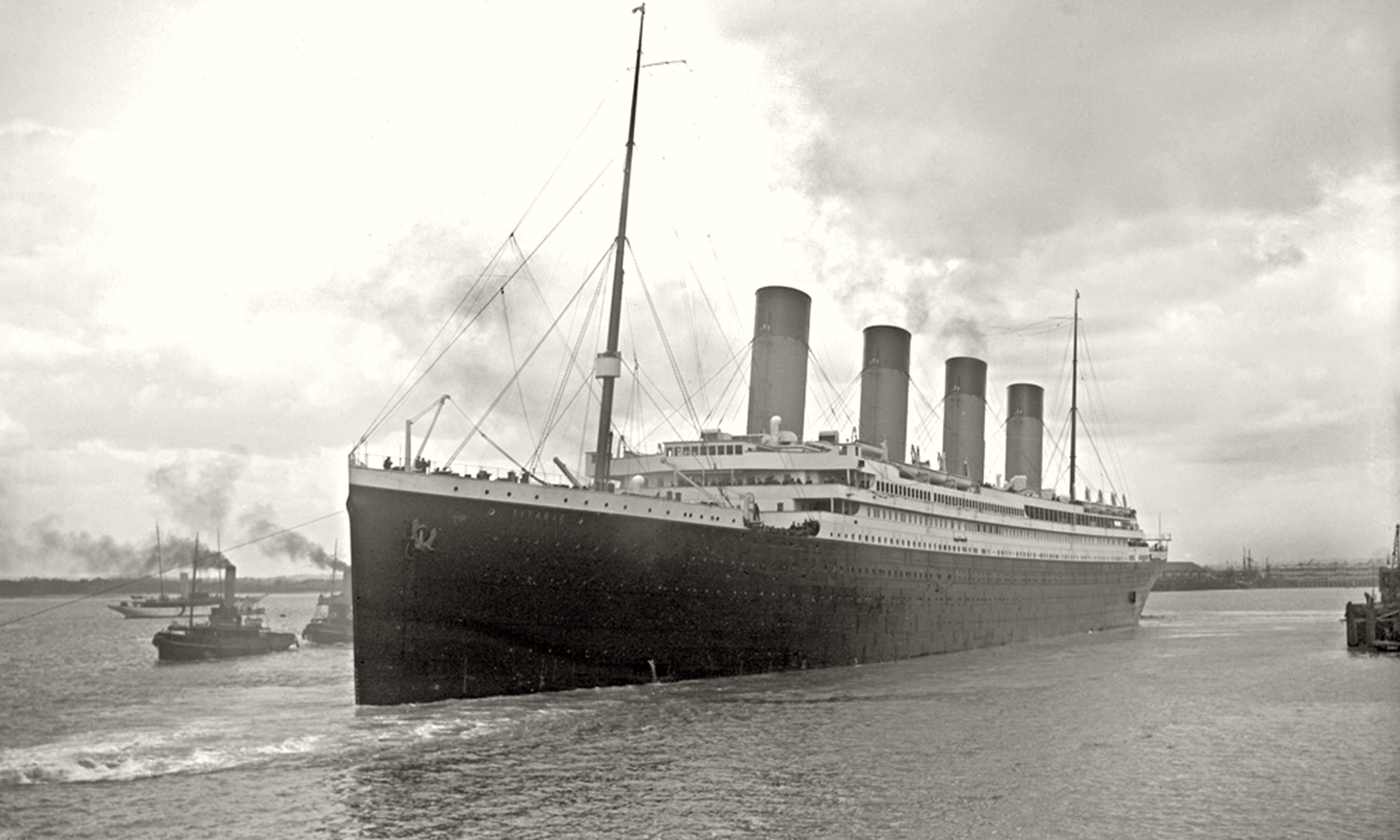12 Surprising Facts About the Evolution of Superheroes
The world of superheroes, a realm once dominated by simple tales of good versus evil, has undergone a dramatic evolution over the decades. Beginning with the golden age of comics in the 1930s and 1940s, where heroes like Superman and Batman first captured the public's imagination, the genre has continuously adapted to reflect societal changes and technological advancements. This transformation is not just a testament to the enduring popularity of these characters but also highlights their ability to serve as mirrors to our own world. From their origins in the pages of comic books to their dominance in modern cinema, superheroes have evolved in ways that are both unexpected and profound. This article delves into twelve insights that reveal how these iconic figures have transformed over time, shedding light on the cultural, technological, and narrative shifts that have shaped their journey.
The Shift from Mythical Archetypes to Complex Characters

In the early days, superheroes were often depicted as mythical archetypes, embodying the ideal virtues of strength, courage, and justice. Characters like Superman were portrayed as near-perfect beings, invulnerable and morally unambiguous. However, as the genre matured, there was a significant shift towards more complex characterizations. Heroes began to exhibit flaws, vulnerabilities, and personal struggles, making them more relatable to audiences. This transition was influenced by a growing desire for realism and depth in storytelling. The introduction of characters like Spider-Man, who dealt with everyday issues such as adolescence and financial struggles, marked a turning point. This complexity allowed for richer narratives and a deeper emotional connection with readers, setting the stage for more nuanced portrayals in the future.
The Rise of the Anti-Hero
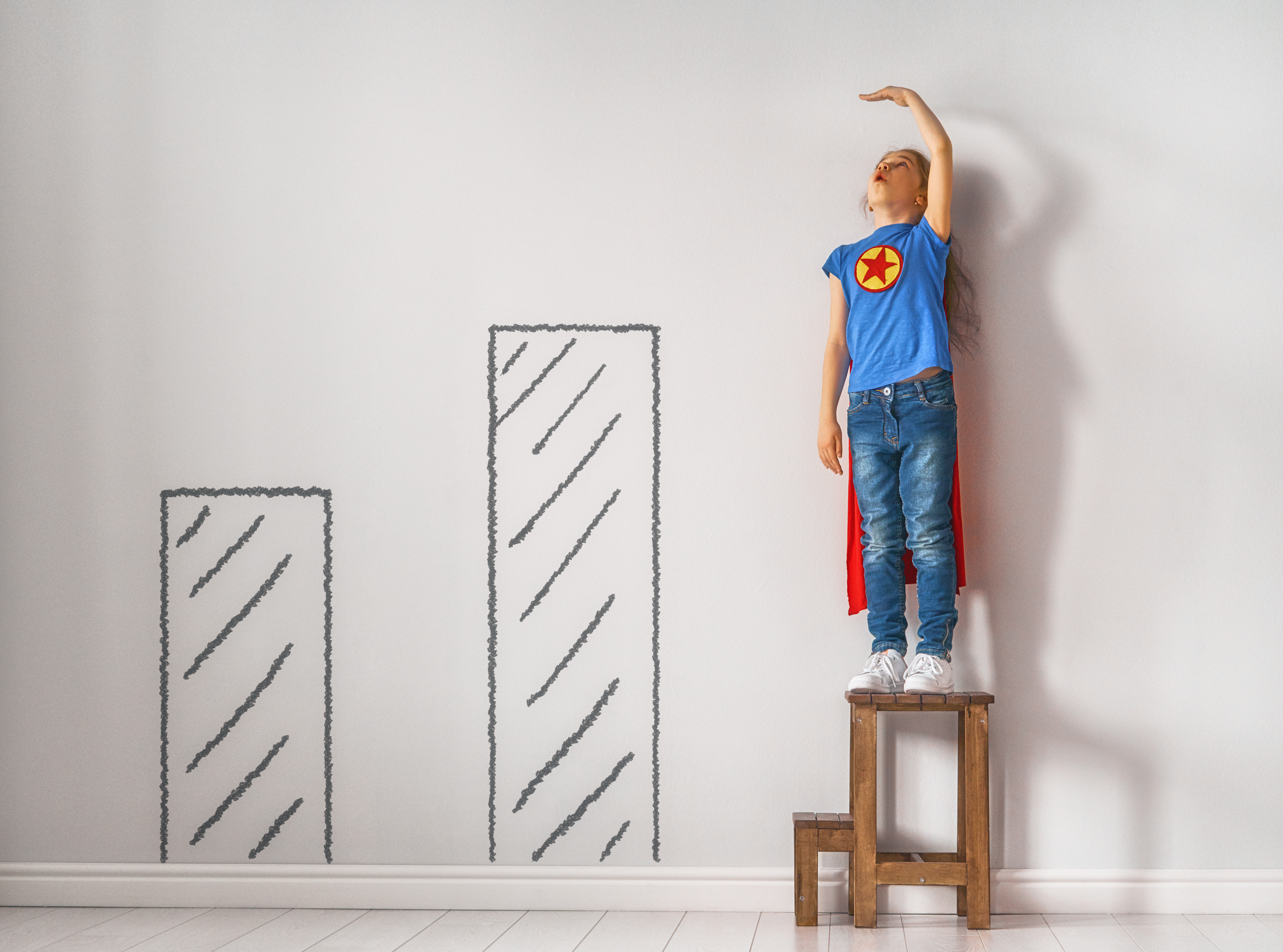
The traditional superhero, with their unwavering moral compass, began to share the spotlight with the rise of the anti-hero. Characters like Wolverine and the Punisher emerged, challenging the notion of what it meant to be a hero. These figures operated in shades of gray, often employing questionable methods to achieve their goals. The anti-hero's popularity can be attributed to a growing cynicism in society and a fascination with flawed protagonists who reflect the complexities of the real world. This shift also allowed for more diverse storytelling, as anti-heroes often grappled with themes of redemption, revenge, and the consequences of their actions. The emergence of the anti-hero not only broadened the scope of superhero narratives but also paved the way for more mature and thought-provoking explorations of heroism.
The Influence of Cultural and Political Contexts
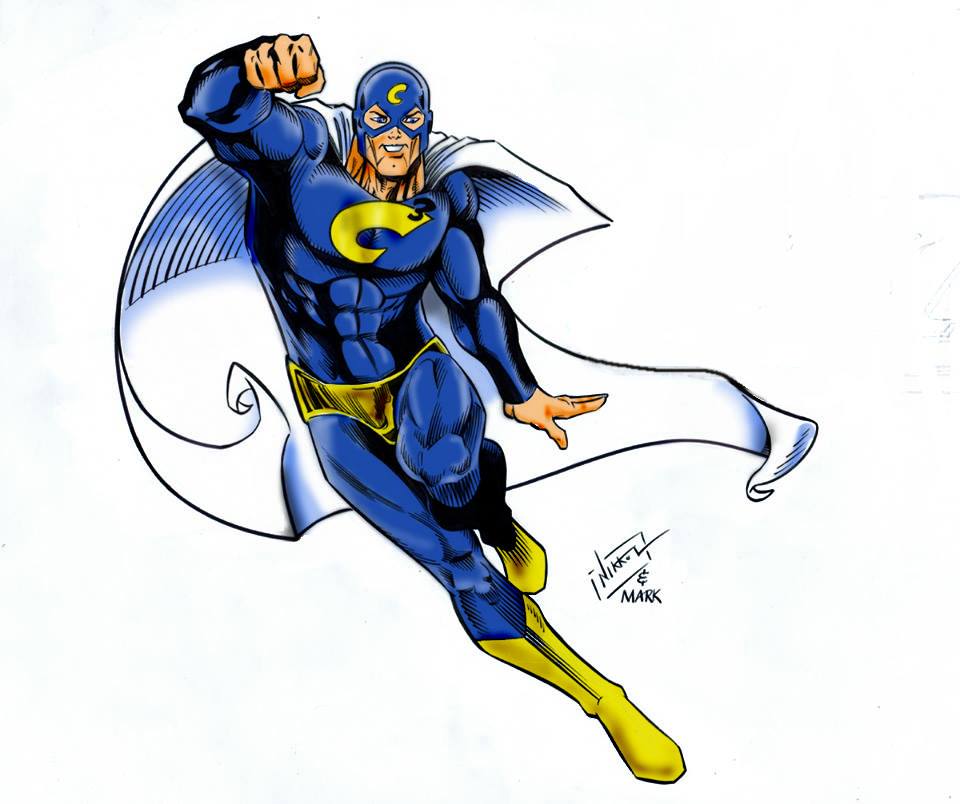
Superheroes have always been a reflection of the cultural and political climates in which they were created. During World War II, superheroes like Captain America emerged as symbols of patriotism and hope. In contrast, the 1960s and 1970s saw heroes confronting social issues such as civil rights and environmentalism. This trend continued into the modern era, with superheroes addressing contemporary concerns like terrorism, corporate corruption, and identity politics. The ability of superheroes to adapt to changing societal contexts has been crucial to their longevity. By engaging with relevant issues, these characters remain culturally significant and resonate with audiences across generations. This adaptability ensures that superheroes continue to be relevant, serving as both entertainment and commentary on the world around us.
The Expansion into Diverse Identities and Narratives

As society has become more aware of the importance of representation, the superhero genre has expanded to include a more diverse array of characters and narratives. Initially, superheroes were predominantly white, male, and heterosexual, reflecting the demographics of their creators and target audience. However, there has been a concerted effort to introduce heroes from varied backgrounds, including different races, genders, sexual orientations, and abilities. Characters like Black Panther, Ms. Marvel, and Miles Morales have brought new perspectives and stories to the forefront, enriching the genre. This push for diversity not only broadens the appeal of superheroes but also provides a platform for underrepresented voices, allowing for more inclusive storytelling that reflects the diversity of the real world.
The Impact of Technological Advancements on Storytelling

Technological advancements have played a pivotal role in the transformation of superheroes, particularly in their transition from comic books to the silver screen. The advent of CGI and other special effects technologies has enabled filmmakers to bring the fantastical worlds of superheroes to life with unprecedented realism. This has not only expanded the visual possibilities of superhero stories but also allowed for more ambitious and complex narratives. The success of superhero films in the modern era can largely be attributed to these technological innovations, which have made it possible to depict epic battles, intricate costumes, and otherworldly settings with stunning accuracy. As technology continues to evolve, the potential for even more groundbreaking storytelling within the superhero genre remains vast.
The Role of Cross-Media Integration

Superheroes have become a staple not only in comic books but across various forms of media, including television, film, video games, and even theme parks. This cross-media integration has allowed for a broader exploration of superhero narratives and has introduced these characters to new audiences. The interconnected nature of these platforms has also led to the creation of expansive shared universes, where characters and storylines intersect across different media. This approach has been particularly successful in the Marvel Cinematic Universe, which has captivated audiences with its intricate web of interconnected stories. Cross-media integration not only enhances the reach of superhero narratives but also provides opportunities for innovative storytelling that transcends traditional boundaries.
The Evolution of Superhero Costumes and Aesthetics
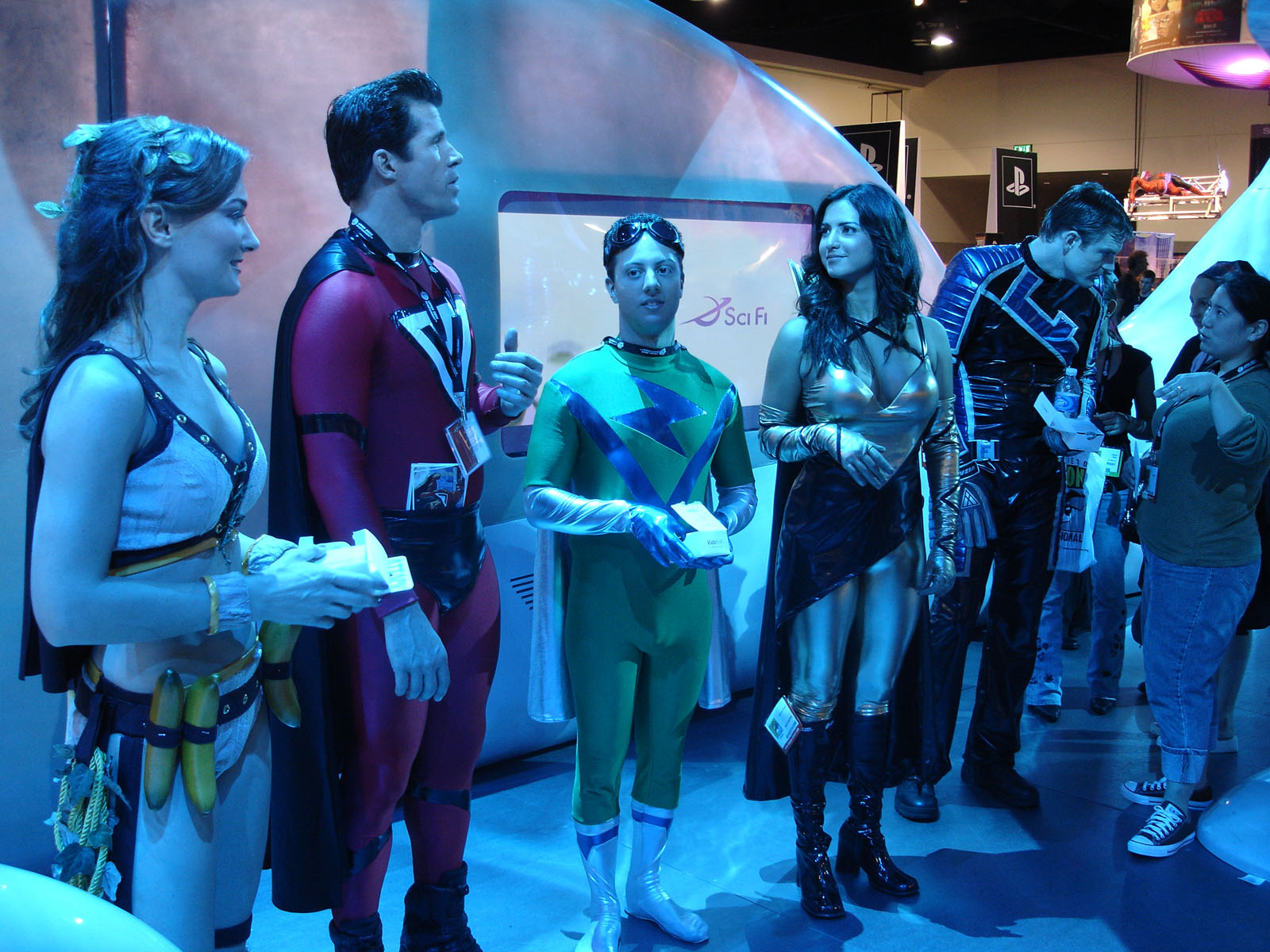
Superhero costumes have undergone significant changes over the years, reflecting broader shifts in fashion, technology, and cultural attitudes. Early superhero costumes were often simple and colorful, designed to be easily recognizable and convey the character's identity and powers. However, as the genre evolved, so too did the design of superhero costumes. Modern costumes are often more intricate and functional, incorporating elements of realism and practicality. This evolution is influenced by both advances in materials and a desire for authenticity in storytelling. The aesthetics of superhero costumes also reflect changing cultural trends, with designs often drawing inspiration from contemporary fashion and art. This evolution highlights the dynamic nature of superhero iconography and its ability to adapt to the times.
The Exploration of Psychological Depth and Mental Health

In recent years, there has been a growing focus on exploring the psychological depth of superheroes, including their mental health struggles. This shift reflects a broader societal recognition of the importance of mental health and a desire for more authentic and relatable portrayals of heroism. Characters like Batman and Jessica Jones, who grapple with trauma, depression, and PTSD, offer a more nuanced understanding of the challenges faced by those who take on the mantle of hero. This exploration of psychological depth not only enriches the storytelling but also provides a platform for discussions about mental health, destigmatizing these issues and fostering empathy among audiences. By delving into the complexities of the human psyche, superhero narratives can offer both entertainment and valuable insights into the human condition.
The Influence of Fan Communities and Fandom Culture
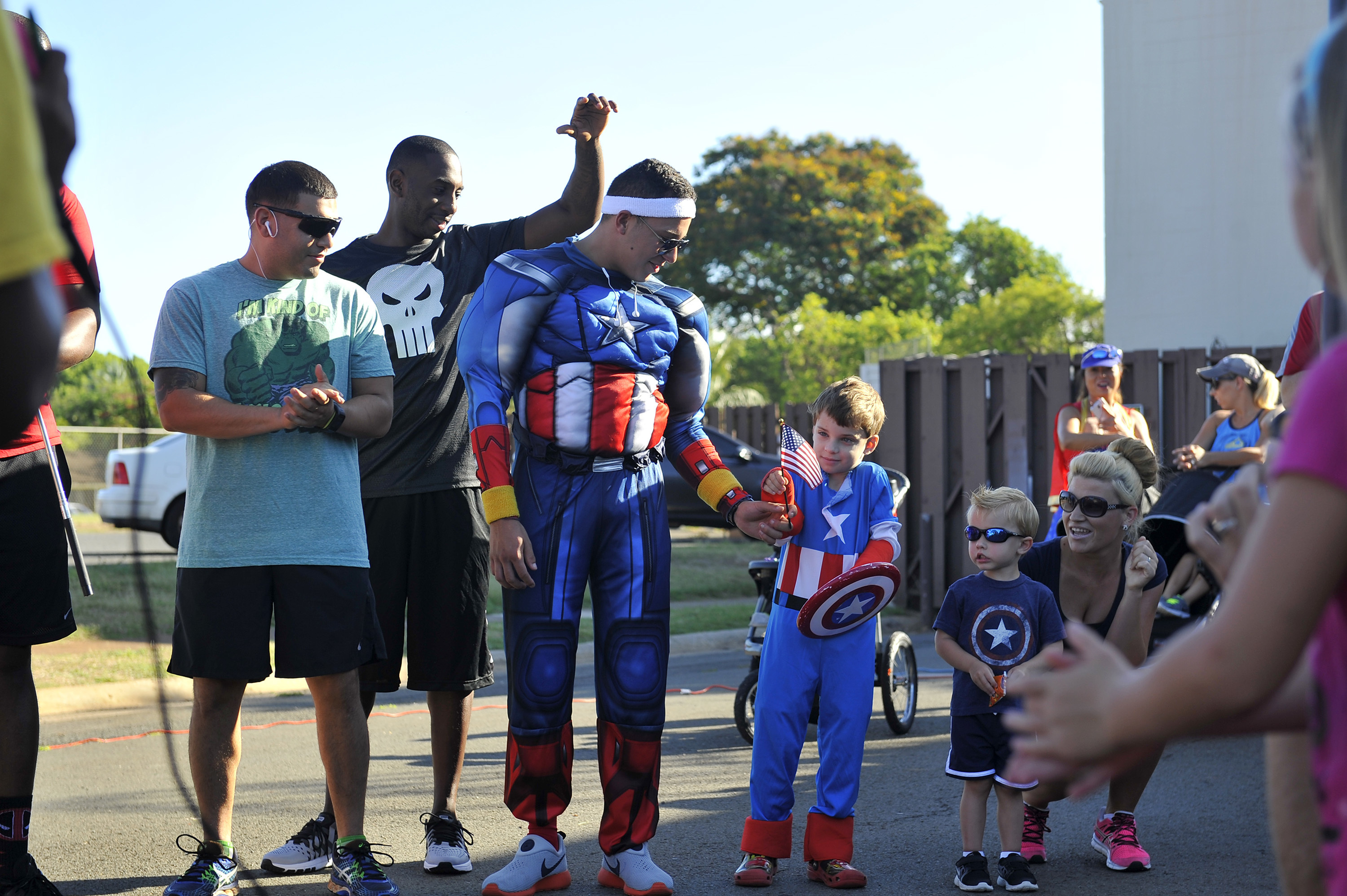
Fan communities and fandom culture have played a significant role in shaping the evolution of superheroes. The passionate engagement of fans has influenced the direction of superhero narratives, often driving demand for certain characters, storylines, or adaptations. The rise of social media has amplified the voice of fandoms, allowing for greater interaction and feedback between creators and audiences. This dynamic has led to more inclusive and responsive storytelling, as creators take into account the desires and concerns of their fanbase. Fandom culture has also fostered a sense of community and belonging among fans, creating spaces for discussion, creativity, and collaboration. The influence of fan communities underscores the symbiotic relationship between superheroes and their audience, highlighting the power of collective engagement in shaping the genre.
The Transition from Print to Digital and Beyond
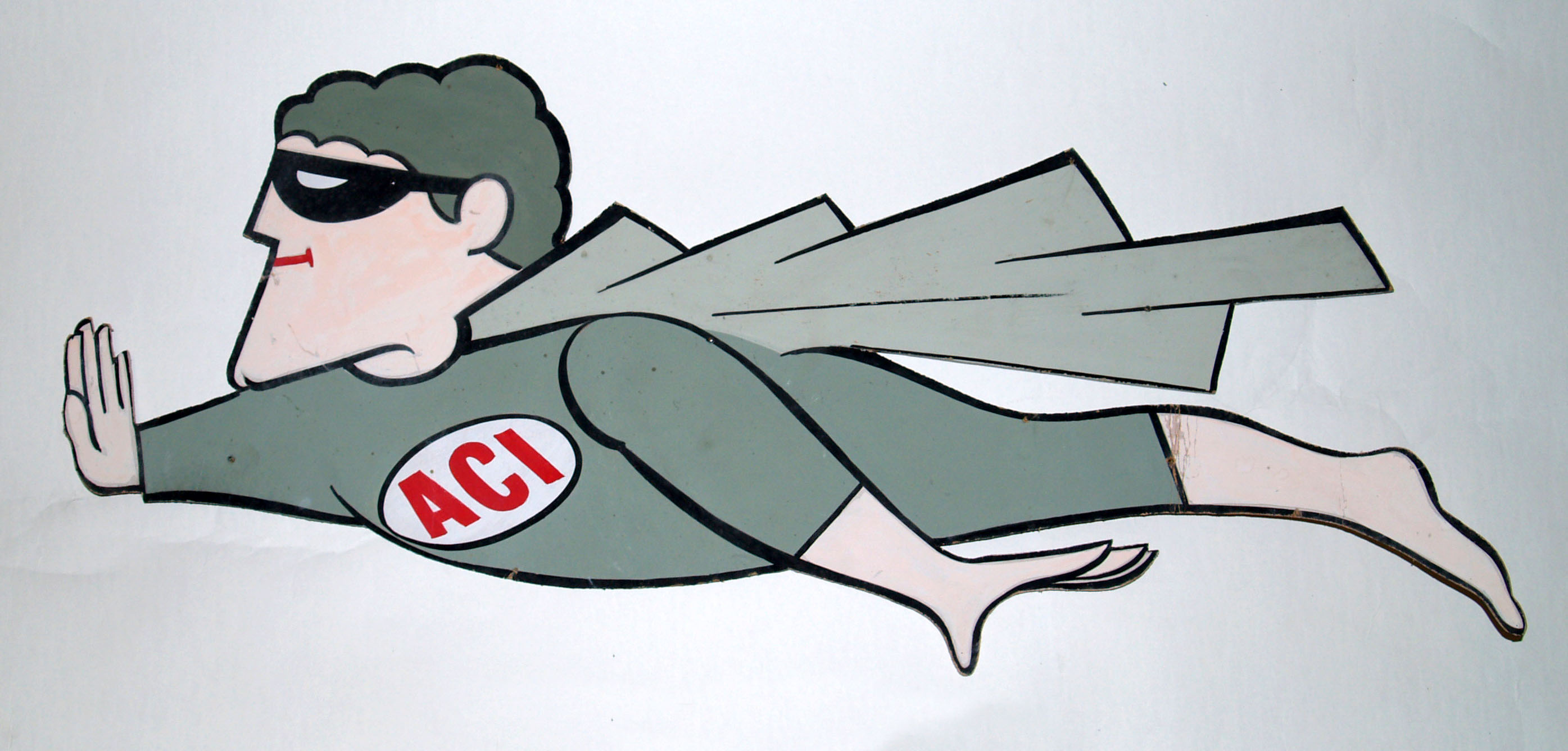
The transition from print to digital media has had a profound impact on the superhero genre. The rise of digital comics has made superhero stories more accessible to a global audience, breaking down geographical and economic barriers. This shift has also allowed for new forms of storytelling, with digital platforms offering interactive and multimedia experiences that enhance the narrative. Additionally, the digital age has facilitated the preservation and archiving of superhero stories, ensuring their availability for future generations. The transition to digital has also opened up opportunities for independent creators to share their work, diversifying the superhero landscape and fostering innovation. As technology continues to evolve, the potential for new and exciting ways to experience superhero narratives remains vast.
The Role of Superheroes in Addressing Global Issues
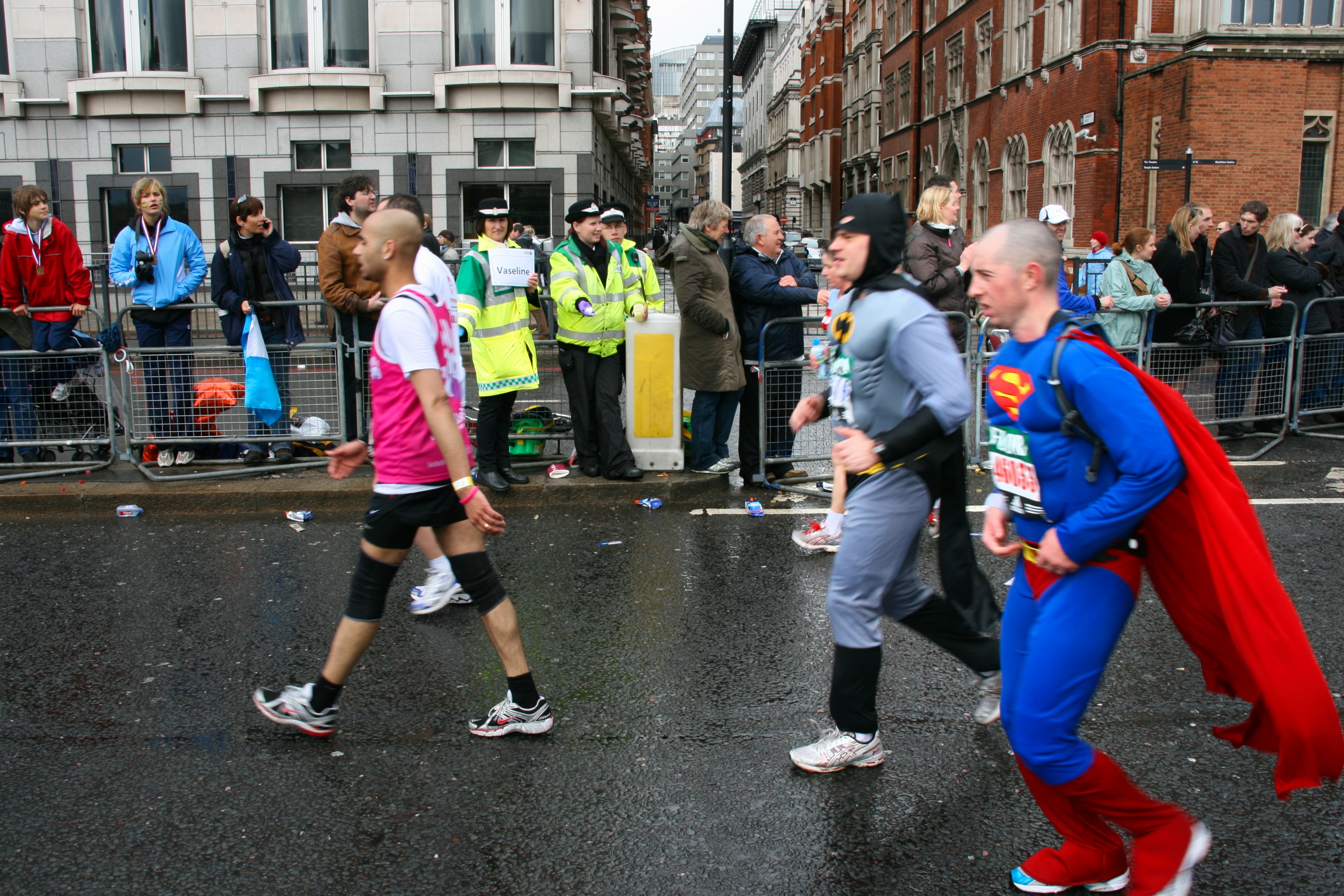
Superheroes have increasingly been used as a platform to address global issues, reflecting a growing awareness of the interconnectedness of our world. From climate change to social justice, superheroes are tackling some of the most pressing challenges facing humanity. This trend is evident in both comic books and films, where heroes are depicted as advocates for change and defenders of the planet. By engaging with these issues, superheroes not only entertain but also inspire action and awareness among audiences. This role as global advocates underscores the potential of superheroes to serve as catalysts for positive change, using their influence to raise awareness and promote solutions to the world's most urgent problems.
The Future of Superheroes: Trends and Predictions
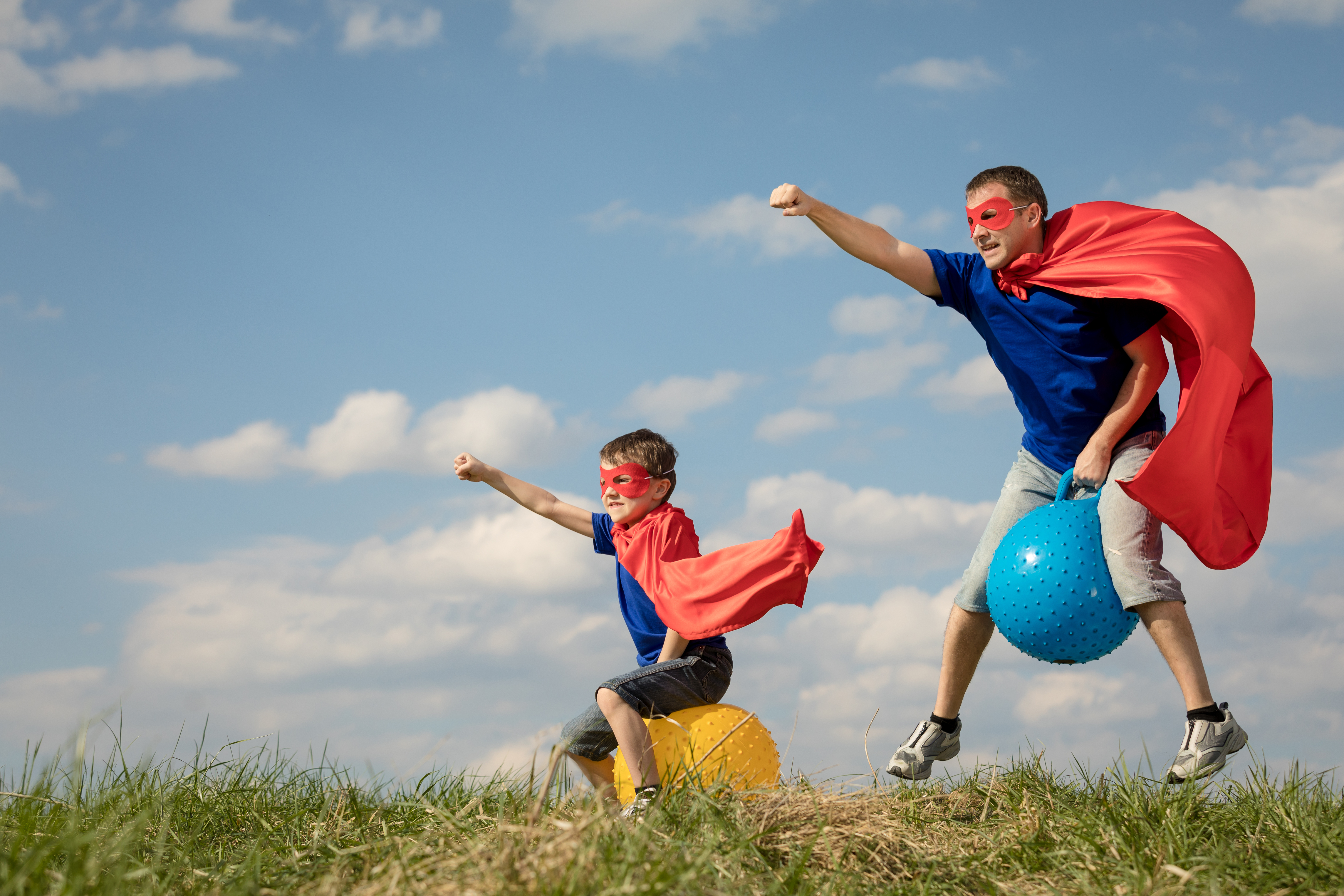
As we look to the future, the superhero genre shows no signs of waning in popularity. However, the landscape is likely to continue evolving, driven by technological advancements, cultural shifts, and changing audience expectations. Emerging trends such as virtual reality and artificial intelligence offer exciting possibilities for immersive storytelling, while the push for diversity and representation will likely continue to shape the narratives and characters of the genre. Additionally, the growing importance of sustainability and ethical considerations may influence the portrayal of superheroes and their missions. As superheroes continue to adapt to the times, they will undoubtedly remain a powerful and enduring presence in popular culture, captivating audiences with their tales of heroism and adventure.
The Enduring Legacy of Superheroes

The transformation of superheroes over time is a testament to their enduring appeal and cultural significance. From their origins as simple archetypes to their current status as complex and multifaceted characters, superheroes have evolved in response to societal changes and technological advancements. This evolution has allowed them to remain relevant and resonant, captivating audiences across generations. As mirrors to our own world, superheroes offer insights into the human condition, exploring themes of heroism, identity, and morality. Their ability to adapt and reflect the times ensures that they will continue to inspire and entertain for years to come. The legacy of superheroes is one of resilience and innovation, a testament to the power of storytelling and the enduring human desire for heroes.






